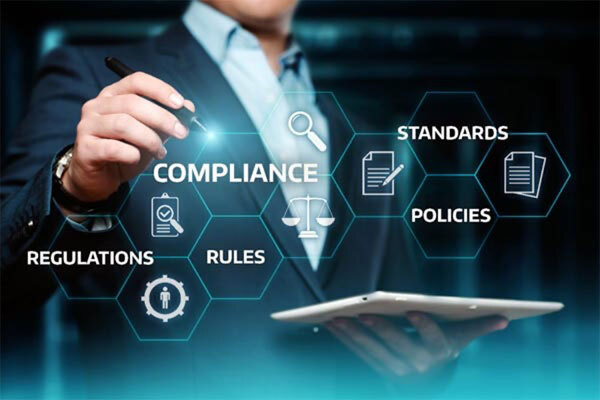 The Section 508 amendment to the Rehabilitation Act of 1973 mandates that federal agencies make their technology accessible to people with disabilities. It’s part of a longstanding commitment of the United States government to reducing discrimination against people with disabilities. As more agencies shift to fully electronic records management, it also means records managers need to be mindful of compliance with this key legal regulation.
The Section 508 amendment to the Rehabilitation Act of 1973 mandates that federal agencies make their technology accessible to people with disabilities. It’s part of a longstanding commitment of the United States government to reducing discrimination against people with disabilities. As more agencies shift to fully electronic records management, it also means records managers need to be mindful of compliance with this key legal regulation.
1: Focus on functional assessments.
Compliance with Section 508 starts with assessing what the user needs in order to perform his or her job function. From there, you can begin problem-solving to find ways to alter the technology or environment to allow the person to function more independently. This can include incorporating assistive technology products and services, adapting the functional workflow they follow, or using the technology product (e.g., an Electronic Records Management platform) differently. One word of caution: don’t overcomplicate compliance. Simple solutions tend to be easier to use, while also usually being lower cost.
2: Involve the user and any appropriate specialists in requirements analysis.
When you’re trying to figure out what the user needs, don’t forget to ask the user! You might also consider getting input from appropriate experts drawn from different disciplines, including but not limited to medical personnel; rehabilitation specialists; occupational, physical, and speed therapists; and others. This seemingly common-sense step can be easy to overlook. By soliciting input from affected users, you increase the likelihood the ultimate solution will meet their needs. You also facilitate buy-in from the users.
3: Choose technology that’s accessible and accommodative from the start.
By choosing technology products with strong accessibility features – and at least some degree of customizability to meet unforeseen needs – you increase the odds that the technology itself can ensure Section 508 compliance. For example, check to see if the technology can by itself or in tandem with third-party solutions:
- Translate written and visual content into auditory form for visually impaired workers and offer different color schemes and options to assist with color blindness.
- Translate audio or multimedia into text form and create a visual alternative to audible tones (e.g., when sounding a warning to users) for hearing impaired workers.
- Be controlled via speech recognition for workers with physical limitations or motor impairments.
- Present information in different formats or forms of media to meet the needs of those with cognitive or neurological disabilities.
4: Assess secondary effects.
In some cases, assistive or accessibility solutions may have secondary repercussions that affect other workers. There may also be logistical issues associated with the solution. For example: if needed, how well will the solution travel? Is it noisy or otherwise disruptive to others in the environment? Will it need to be reprogrammed, configured, or customized to use it in different settings or with different users? Who will have responsibility for that reprogramming, configuring, or customizing task? What is the life expectancy of the solution? What, if any, maintenance and repair requirements will it have over its lifetime?
Ideally, a well-designed ERM will itself handle many of these concerns by offering ample accessibility options that minimize impact on others.
5: Ensure adequate support.
User support is perhaps the most overlooked piece of Section 508 compliance in an information technology system like an ERM. Unfortunately, most agencies’ existing support network is rarely equipped to support the nuances of assistive technology. Instead, most agencies tend to assume that co-workers will support their neighbors. By ensuring that help desk technicians can resolve all users’ problems, including those relating to accessibility and disability, the organization can improve productivity and worker satisfaction.
The ERM platform vendor also has a role to play in Section 508 compliance. Make sure your chosen vendor has experience ensuring that its products are fully accessible by a wide range of users with divergent needs and situations.
About PSL
PSL is a global outsource provider whose mission is to provide solutions that facilitate the movement of business-critical information between and among government agencies, business enterprises, and their partners. For more information, please visit or email info@penielsolutions.com.

